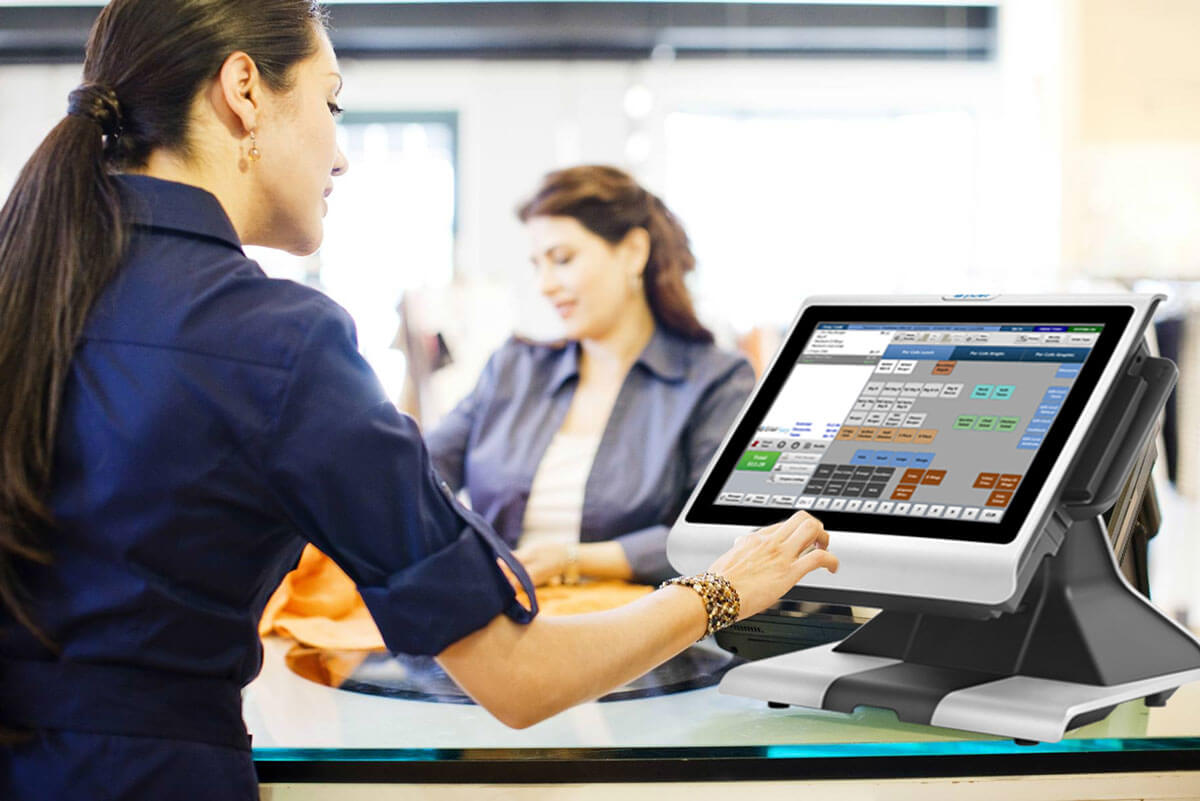Title: The Role of POS Systems in Restaurant Efficiency

Running a restaurant is a fast-paced and demanding job where every second counts. From taking orders and managing staff to tracking inventory and ensuring customer satisfaction, efficiency is key to success. This is where Point of Sale (POS) systems have transformed the restaurant industry. Modern POS systems are not just digital cash registers — they are complete restaurant management tools that streamline operations, improve communication, and drive growth. Let’s explore how POS systems play a vital role in enhancing restaurant efficiency.
1. Speed and Accuracy in Order Management
In a busy restaurant, taking orders quickly and correctly is crucial. A modern POS system simplifies this process by allowing servers to input orders directly into the system using a tablet or touchscreen terminal. The order is instantly sent to the kitchen display or printer, reducing the chance of mistakes caused by miscommunication or messy handwriting.
This streamlined communication between the front-of-house and kitchen ensures that every dish is prepared correctly and delivered faster. It also enhances customer satisfaction — guests receive their meals quicker and exactly as they ordered, leading to fewer complaints and more repeat business.
2. Real-Time Inventory Tracking
Managing food inventory can be one of the most complex tasks in a restaurant. Ingredients need to be tracked precisely to avoid running out of stock or wasting perishable items. A POS system with integrated inventory management automatically updates stock levels as orders are placed.
For example, if a customer orders a burger, the system deducts the required ingredients — buns, patties, cheese — from inventory in real-time. This gives restaurant owners a clear picture of what’s available and what needs to be restocked. Some advanced systems even send low-stock alerts or generate purchase orders automatically, helping restaurants minimize waste and control costs efficiently.
3. Better Staff Management and Workflow
POS systems also play a vital role in managing staff productivity. Each employee can log in using their unique ID, allowing managers to track performance, monitor hours worked, and even analyze sales per server. This helps identify top-performing staff and pinpoint areas that need improvement.
In addition, POS systems help streamline daily operations by assigning roles, managing shift schedules, and organizing orders by table or section. The result? A smoother workflow and better teamwork, even during peak hours.
4. Enhanced Customer Experience
A smooth and efficient dining experience is what keeps customers coming back. POS systems make this possible by enabling faster checkouts and multiple payment options, including cash, credit cards, and digital wallets. Mobile POS devices also allow servers to take orders and payments directly at the table, reducing wait times and increasing customer convenience.
Some POS systems even store customer preferences and dining history, allowing staff to personalize experiences — for instance, recommending dishes based on previous orders or remembering dietary preferences. This level of personalization makes diners feel valued, encouraging loyalty and positive word-of-mouth.
5. Data-Driven Insights and Reporting
Data is one of the most powerful tools a restaurant can use to improve efficiency and profitability. A POS system collects valuable data from every transaction and turns it into actionable insights. Managers can review detailed reports on sales, top-performing menu items, busy hours, and employee performance.
With this information, restaurants can make smarter decisions — like updating the menu based on demand, scheduling more staff during peak times, or adjusting prices to increase profitability. These data-driven insights not only improve efficiency but also contribute to long-term business growth.
6. Seamless Integration and Reduced Errors
Many POS systems integrate with other restaurant tools such as accounting software, online ordering platforms, and delivery apps. This seamless connectivity helps ensure that all data flows smoothly across departments. For instance, when a customer places an online order, it automatically appears in the POS system, reducing manual entry and minimizing errors.
By keeping everything connected — from kitchen management to payments — restaurants can maintain consistency, accuracy, and speed throughout their operations.
7. Simplifying Multi-Branch Management
For restaurant owners managing multiple locations, POS systems make it easy to oversee operations from one centralized dashboard. They can track sales, inventory, and employee performance across all branches in real-time. This allows for better decision-making and ensures consistent service quality across locations.
Conclusion
Efficiency is the heartbeat of every successful restaurant, and a reliable POS system keeps that heart beating strong. From speeding up order management and tracking inventory to empowering staff and enhancing customer satisfaction, POS systems play a pivotal role in restaurant operations.
In a world where customers expect fast service and flawless experiences, investing in a POS system isn’t just an upgrade — it’s a necessity. For restaurants aiming to improve efficiency, reduce costs, and stay ahead of the competition, the right POS system is the recipe for success.






